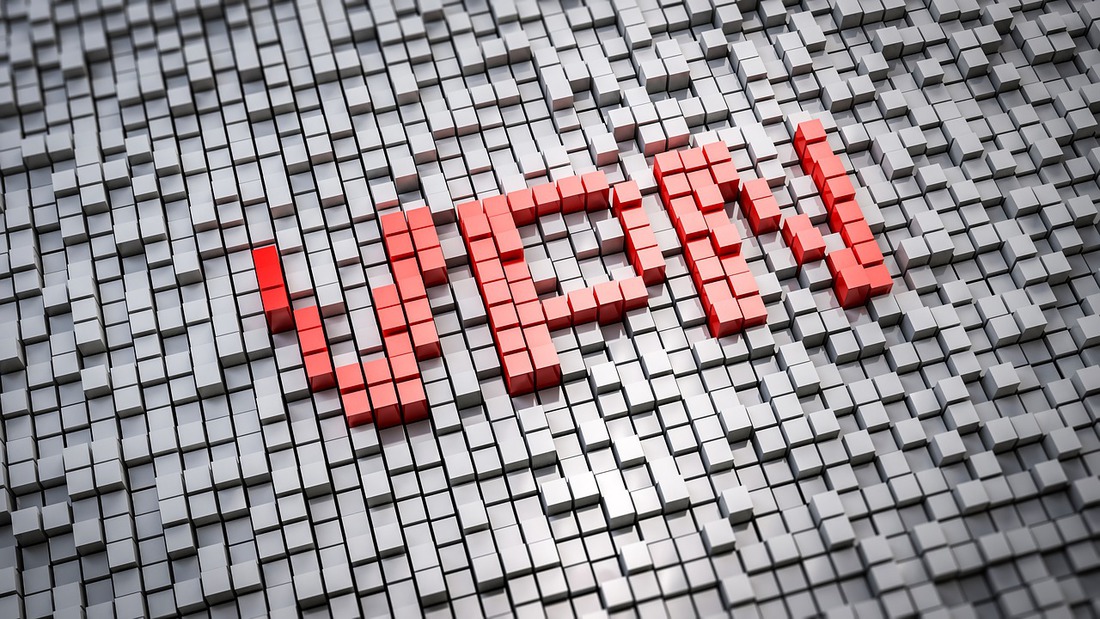In today’s digital landscape, websites are vulnerable to a variety of cyber threats. One of the most common and destructive attacks is DDoS, or Distributed Denial of Service. In essence, this attack floods your website with traffic until it crashes under the weight. The consequences can be devastating: lost revenue, damaged reputation, and frustrated customers. But fear not! With the right knowledge and tools at your disposal, you can protect yourself against these malicious attacks and keep your website up and running smoothly. In this article, we’ll explore everything you need to know about DDoS attacks – from prevention to recovery – so that you can safeguard your online presence like a pro!
What is a DDoS attack?
A DDoS attack is a type of cyber-attack that aims to disrupt the normal functioning of a website or web service. It works by flooding the targeted site with traffic from multiple sources, often using botnets – networks of infected computers controlled remotely by an attacker.
The sheer volume of traffic overwhelms the server and makes it impossible for legitimate users to access the site. This can lead to downtime, slower response times, and in extreme cases, even complete shutdown.
DDoS attacks are not new; they have been around since the dawn of e-commerce. However, their sophistication and scale have increased dramatically over time as attackers continue to find new ways to exploit vulnerabilities in network infrastructure.
One common misconception about DDoS attacks is that they only target large corporations or high-profile websites. In reality, any website can be vulnerable if it doesn’t have adequate protection measures in place. Small businesses and personal blogs are just as likely to fall victim if they become targets.
To make matters worse, DDoS attacks are becoming increasingly affordable for would-be attackers thanks to underground marketplaces where botnets can be rented out for as little as $10 per hour!
The different types of DDoS attacks
DDoS attacks come in different forms and understanding the types of attacks will help you better protect your website. The most common types of DDoS attacks include:
1) Volumetric Attacks – This type of attack aims to overload a network with large volumes of traffic, rendering it unreachable.
2) Protocol Attacks – These target network resources such as firewalls or load balancers by overwhelming them with connection requests.
3) Application Layer Attacks – These target specific applications running on servers, consuming their resources until they crash or become unavailable.
4) Distributed Reflective Denial-of-Service (DRDoS) – This type of attack uses spoofed IP addresses to bounce traffic off other vulnerable servers, amplifying the volume directed at the targeted server.
It’s important for website owners to be aware that attackers are constantly evolving their tactics and developing new techniques. Regularly reviewing your security measures is essential in safeguarding against DDoS attacks.
How to protect your website against DDoS attacks
There are several strategies you can implement to protect your website against DDoS attacks. Firstly, ensure that your web hosting provider has a robust security infrastructure in place. This includes features such as firewalls and traffic filtering mechanisms.
Another effective strategy is to use a content delivery network (CDN). CDNs distribute the load of incoming traffic across multiple servers, making it harder for attackers to overload any one server with a flood of requests.
Regularly updating your software and applications is also crucial. Hackers often target vulnerabilities in outdated software versions, so keeping everything up-to-date reduces the risk of attack.
You may also want to consider implementing rate limiting or throttling measures on your website. These methods restrict the number of requests each user can make within a certain timeframe, preventing bots from flooding your site with excessive requests.
Having an incident response plan in place is essential. This involves creating protocols for detecting and responding to attacks quickly and efficiently, minimizing damage and downtime if an attack does occur. By taking these steps, you can significantly reduce the risk of falling victim to a DDoS attack.
The best DDoS protection tools
When it comes to protecting your website against DDoS attacks, having the right tools in place is essential. Here are some of the best DDoS protection tools available:
1. Cloudflare: One of the most popular options, Cloudflare provides a range of services including DNS management and web application firewall (WAF) that can help protect against common types of DDoS attacks.
2. Akamai: Another well-known provider, Akamai offers cloud-based security solutions that include intelligent bot detection and mitigation capabilities.
3. Radware: This provider offers both on-premise and cloud-based security solutions with advanced threat intelligence capabilities to help detect and mitigate attacks in real-time.
4. Imperva Incapsula: A cloud-based service that includes features such as traffic filtering, load balancing, and support for SSL/TLS encryption to protect websites from various types of cyberattacks.
5. Arbor Networks: Known for their network visibility and analytics solutions, Arbor Networks also offers a suite of products designed specifically for DDoS protection including an on-premise appliance called APS (Arbor Peakflow SP).
Ultimately, choosing the best tool depends on your specific needs and budget. It’s important to do your research before making any decisions so you can find a solution that fits your unique situation.
How to clean up after a DDoS attack
Cleaning up after a DDoS attack can be a daunting task, but it’s important to take immediate action to prevent any further damage. The first step is to assess the extent of the damage caused by the attack. Check your website for any unusual activity, such as altered content, unauthorized access or changes made in user accounts.
Once you’ve identified and isolated the affected areas on your site, start removing any malicious code or files that may have been uploaded during the attack. It’s crucial to check all directories and subdirectories for suspicious files that could potentially harm your website or steal sensitive data.
Next, update all software applications and plugins used on your website with their latest security patches. This will ensure that vulnerabilities exploited by attackers are closed off, making it harder for them to launch another DDoS assault in future.
Consider consulting with cybersecurity experts who can help you clean up after an attack and provide additional layers of protection against future threats. Don’t forget to communicate with your customers about what happened so they can understand why there was downtime and know how you’ll keep their information safe moving forward.
Conclusion
DDoS attacks are a very real threat to any online business or organization. These attacks can cause serious harm and lead to financial losses, as well as damage your reputation with customers. However, by understanding what DDoS attacks are and how they work, you can take proactive measures to protect yourself.
Firstly, it is essential that you have an effective DDoS protection solution in place. This solution should be able to detect and mitigate DDoS attacks quickly before they can do any significant damage.
Secondly, ensure that all of your servers are up-to-date with the latest security patches and software updates. Hackers often target known vulnerabilities in outdated software versions.
Educate your employees on the importance of cybersecurity best practices such as never clicking on suspicious links or downloading files from unknown sources.
By taking these steps seriously, you will significantly reduce the risk of suffering from a DDoS attack. Protecting yourself against these types of cyber threats requires diligence and ongoing effort but doing so will ultimately pay off in protecting both your data and reputation online.











FIND US ON SOCIALS